By Sandhya Sridhar
The Indic Trail had thrown light on the documentation of independence era journalist, D. F. Karaka, in the context of his book, ‘Betrayal in India’. (Read ‘Independence: The Cutting of a Country.) Our last piece spoke about the rise of the Moslem League and the part that it played in engendering partition through inciting riots, and the news media of that period labelling them as mere ‘disturbances’.
This blog focuses on the news media itself, and the role that it played, through Karaka’s eyes. “There was something different about that August morning,” writes Karaka about August 14th, 1947. He describes bustling streets and festivity in the air and the general air of joy and celebration with floral arches and festoons decorating the city of Bombay.
Transfer of power
Karaka notes that there came from Tanjore, “emissaries of the head priest of the sanyasis, an order of Hindu ascetics. It was traditional in ancient India to derive power and authority from the holy men.” He describes how the priests carrying a sceptre and the holy water they had brought with them from Tanjore, walked in procession and offered these to the Prime Minister, marking his forehead with holy ash. And of course the joy of celebrating newfound freedom.
But a month after independence, writes Karaka, he received a mysterious phone call from an army man who declined to be identified, who urged the unbiased journalist to visit the Punjab, where he says, “It is something unbelievable. Thousands on both sides of the frontier are just being wiped out every day. It is an undeclared civil war.”
Partition
An unofficial invitation, the newspaperman in Karaka is roused to accept it. He discovers that there are no pressmen in that part of the country to report or document what is happening. Karaka flies to Delhi, and then on to Amritsar, on the India-side of the border. As one who has been a war reporter, this stint is not alien to Karaka, who is comfortable with the men in uniform. Urged by the Sikh General in charge, Karaka agrees to having an armed escort.
Driving into the city, Karaka describes the scene thus: “…I passed the first of the refugee camps I was to see. There was some 40,000 people in that camp, a colossal figure I thought. Later I was to find that this number was just a flea-bite, for some 3,000,000 people were on the road.” He describes the stench from the refugee camp as overpowering, and being the stench of “decay, disease and death”. “I held my nose,” he writes. But this was not a stench Karaka was unfamiliar with. For in his earlier stint as war correspondent, he had a whiff of it at Belsen when the Allies liberated the concentration camp of the Nazis there.
“We said that all Germans were guilty of that crime,” writes Karaka, “The Germans wept and said they did not know. We said that ignorance of those horrors was no excuse. We called the Germans swine.”
Blood
But in India too, the same held good for partition. Few knew of what ‘partition’ really meant. The Punjab was bifurcated as East and West, the latter belonging to Pakistan. “A few seemed to know,” observes the journalist, “but no one had told our people what was really happening there. The India Press was content to play its usual submissive role.”
This is an astonishing observation indeed! Karaka goes on to write, “Our newspapers had played down the story of the Punjab to a point where it became inaccurate and almost untrue. What was virtually a war of extermination between the Hindus and the Sikhs on one side, and the Moslems on the other—an undeclared civil war …. our editors called ‘disturbances’.” He adds, “On the ground that the spreading of the news would affect other areas, the Indian Press volunteered to blackout the news.”
He goes on to quote a ‘Call to Peace’ issued by the editors of newspapers in Bombay which ends thus: “We, the editors representing the Press in Bombay, earnestly appeal that every endeavour should be made of end these outbursts of violence…”
“The appeal was pointless,” notes Karaka, “for none of the papers in which it appeared could reach any of the areas in which Hindus and Moslems were killing each other.”
The new government appeared helpless in the face of the fury of the riots, being unprepared for the emotional upheavals and the chaos. The result, notes Karaka, was that groups from each religion in Punjab armed themselves and people were encouraged to carry arms. While the West had its National Guards, an arm of the Moslem League, the East had the Shahidi Dal of the Sikhs and the Rashtriya Swayamsewak Sangh of the Hindus.

Karaka is witness first hand to the horrors of partition, to the trains of refugees from either side being butchered without mercy, to the dogged lines of people fleeing their homes and hoping to find and make a home in the country of their choice. He observes the blood-stained clothing of the women, those seeking a bowl of rice, and when humanity seemed to have vanished overnight. He notes, “Who were all these people who were dying like flies all over Amritsar now? Whether Hindu or Moslem, they were still our own people.”
He is witness to the point when all law and order and government seemed to have vanished.
Betrayal
This abrogation of the need to report the truth is commented upon by Karaka. “This higher journalism was not practised by our nationalist editors who had appropriated the trusteeship of enlightening the people. This was the first encroachment on the right of the people to have access to the truth. It was the first act of surrender of the freedom of the Press.”
These were very interesting and rightful observations and the reader could well introspect on the impact this would have had on the evolution of the free press and media in India.
Karaka relates his meeting of three Sikhs wandering aimlessly. One of them shows him and the accompanying army men a slip of paper with the cost of his losses—of his home, his wife, his children and his cows. The man tells them that the government would have to make good his losses. “Which government?” asks Karaka to which the man replies, “My government,” then proceeds to ask where he could find the government.
Karaka witnesses all the horrors of the historical event up close and notes the refugee column entering India had miles of people in convoy. “That day I must have seen over 100,000 people,” he writes. As cholera was rampant, vaccines were required; the army was ready to vaccinate, but the vaccines themselves were lost in the red tape of the civil service system that the coloniser had left behind.
Refugees dying of thirst, of want of food, being butchered… “The atrocities committed on women and children were the most horrible,” notes Karaka, talking of the pimping of unaccompanied young girls, and the public raping of women.
Returning home, he notes, “…I was back home, only to find that the Bombay newspapers were still speaking of the ‘disturbances’.”
“The City police have launched a fresh campaign against the sutta (illegal gambling) evil in Bombay, read a front page news-item in the evening papers.”
To report from the frontlines has its repercussions.
“That night I went for drinks to Ed and Lee Clarke’s. For the first time in thirty-six years I got drunk.”
The book, ‘Betrayal in India’ is in the public domain and can be read on https://archive.org/details/betrayalinindia00dfka

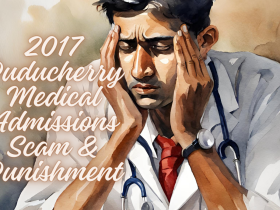
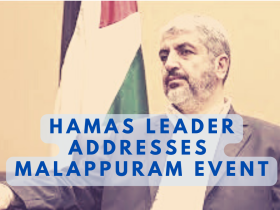
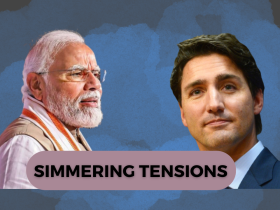
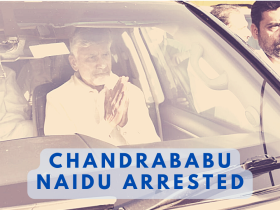
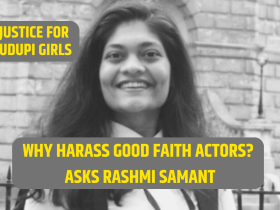
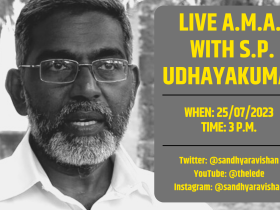


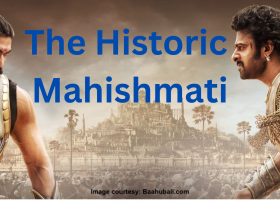

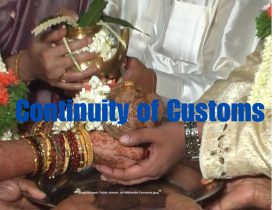

Leave a Reply